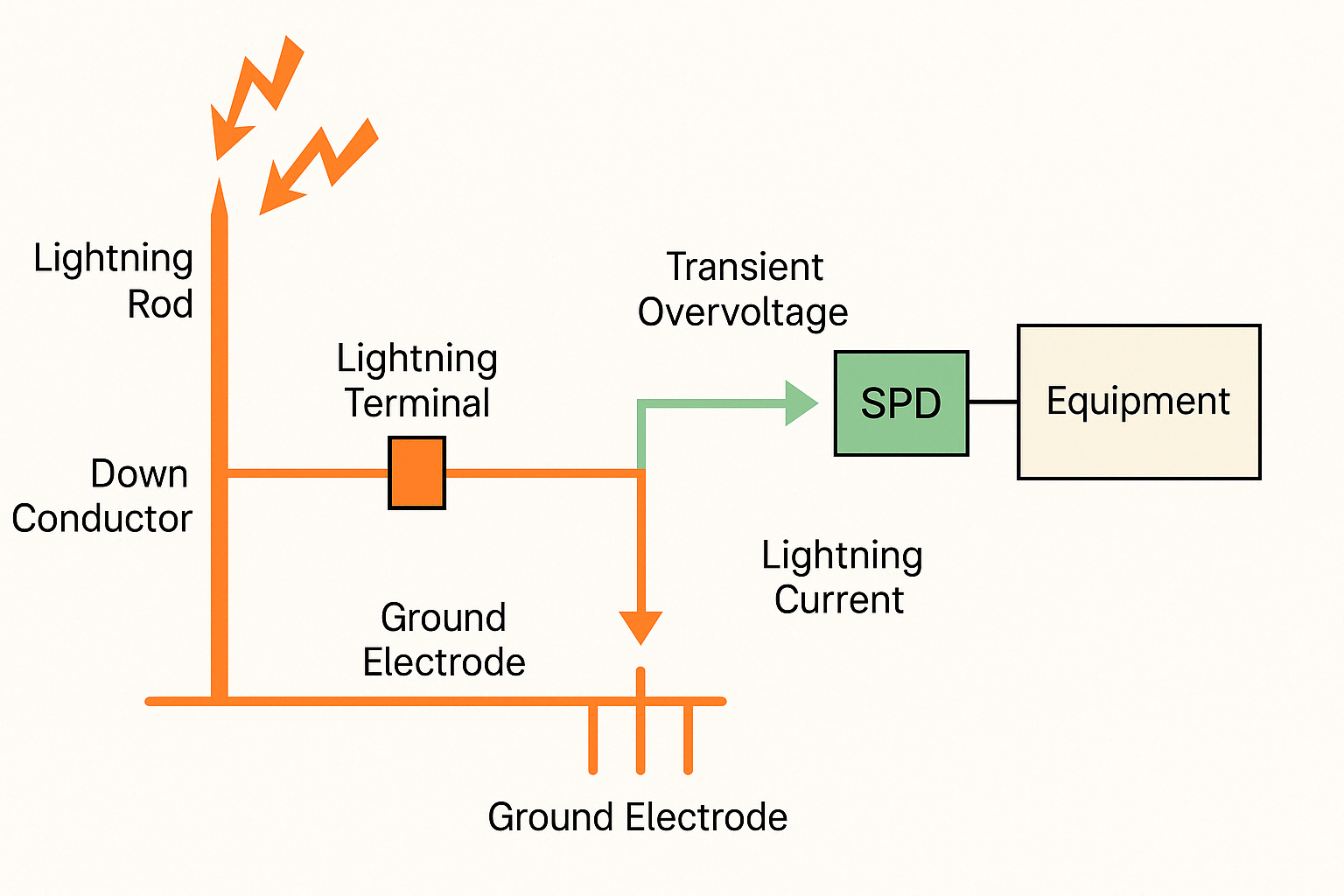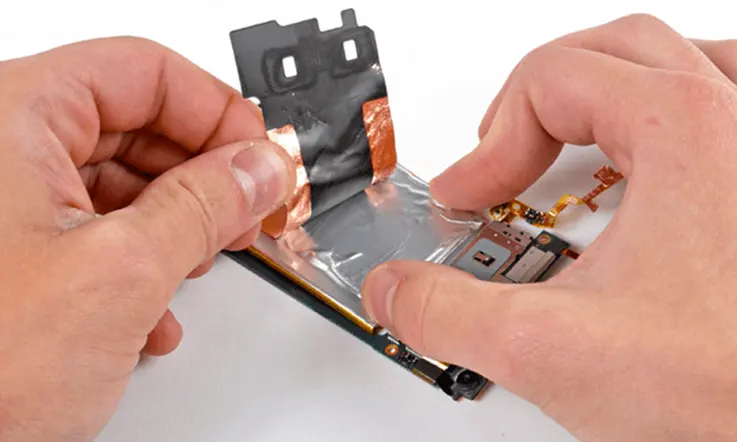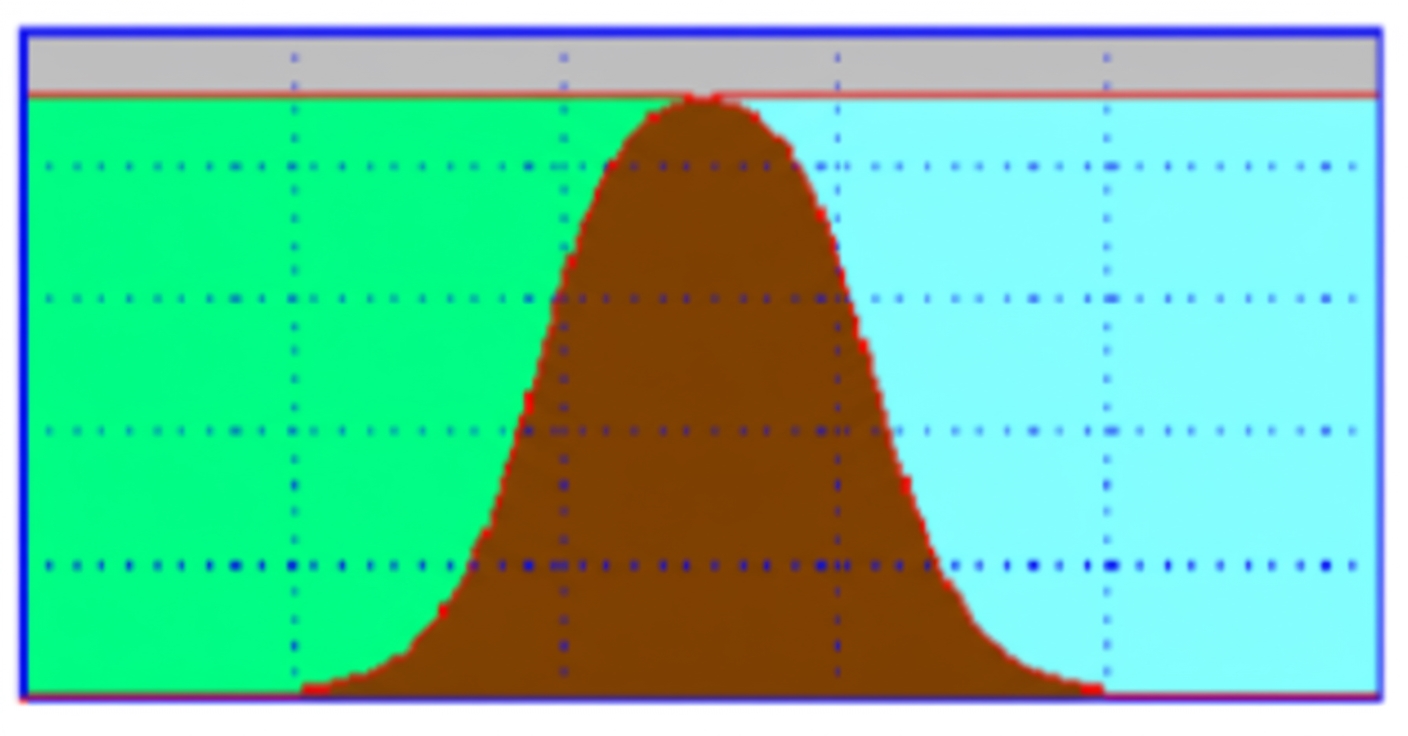Electromagnetic compatibility (EMC) rectification ensures electronic products meet regulatory standards. This article outlines practical techniques to address common EMC issues, considering differences between prototype adjustments and mass production consistency.
EMC Considerations for Mass Production
EMC rectification for individual prototypes involves meticulous component selection and adjustments. However, mass production introduces variability due to assembly line processes and component tolerances. To ensure compliance, sufficient margins must be incorporated during rectification.
- Well-Controlled Processes: For automated production with consistent components and accounting for test equipment uncertainty, maintain at least 4dB margin for conducted disturbances and 6dB for radiated disturbances.
- Variable Processes: For manual or semi-manual production with higher component variability, increase margins by at least 3dB.
To verify effectiveness, test at least three mass-produced samples for compliance and result consistency. If all meet standards, the rectification measures are deemed effective.
Voltage Fluctuations and Flicker
Voltage fluctuations and flicker issues are rare in switch-mode power supplies but may arise from unstable loads. Mitigation strategies include:
- Add low-frequency filtering at the load to stabilize fluctuations.
- If load-side filtering is insufficient, add low-frequency filtering at the power supply input.
- Implement reactive power compensation or power factor correction (PFC).
- For high-power devices like three-phase motors, use soft-start mechanisms.
Harmonic Currents
To reduce harmonic currents, consider the following:
- Add low-frequency filters or passive PFC circuits.
- Replace half-wave rectification with full-wave or bridge rectification.
- Incorporate active PFC circuits for improved power factor.
Electrostatic Discharge (ESD)
To enhance ESD immunity, apply these measures:
- Add protective devices to sensitive components and circuits.
- Insert tens of ohms resistors or 100MHz ferrite beads in sensitive lines, including ground paths.
- Use shielded signal cables.
- Add filters or isolation at interfaces.
- Select logic circuits with lower pulse frequencies.
- Ensure metal enclosures are shielded and well-grounded.
- For insulated enclosures, maintain spacing between the PCB and enclosure.
Electrical Fast Transient (EFT) and Conducted Immunity
To address EFT and conducted disturbances, consider:
- Add differential- and common-mode filters.
- Ensure proper grounding of filters in metal enclosures.
- For plastic enclosures, add a metal baseplate for grounding; in small enclosures, use multiple inductors in series to enhance filtering.
- Apply filtering and shielding to signal lines.
Surge Protection
To mitigate surge impacts, use the following:
- Varistors (MOVs).
- Gas discharge tubes (GDTs).
- Transient voltage suppressors (TVS diodes).
- Combine GDTs and varistors in series for AC power lines, as GDTs have slow response times and varistors degrade with repeated surges, increasing leakage current.
Conclusion
Effective EMC rectification requires balancing prototype adjustments with mass production consistency. By incorporating sufficient margins (4¨C9dB) and testing multiple samples, engineers can ensure compliance. Targeted solutions for voltage fluctuations, harmonics, ESD, EFT, and surges, such as filters, shielding, and protective devices, enhance product reliability and EMC performance across diverse applications.
 ALLPCB
ALLPCB







